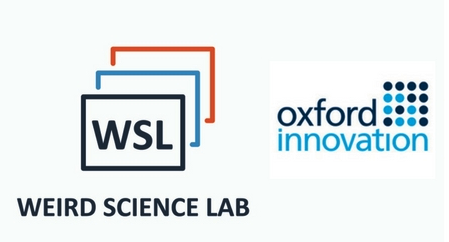Curriculum Expansion
An AR augmented curriculum exponentially increases the number, type, and calibre of experiments and scenarios that can be undertaken and dramatically improves both pedagogic content and student retention. It takes students beyond the constraints of reality – most notably, beyond the constraints of space and time. For example, VR allows students to perform experiments devoid of gravity and oxygen as if they are on an international space station. Students can also conduct scientific experiments normally measured in years within a 14-week classroom curriculum by altering time’s trajectory, such as watching a California Redwood tree grow before their very eyes.
In advanced STEM and high stakes training scenarios, from science labs to surgeon training to flight school, VR allows students to also engage in pedagogic batteries requiring vast sums of complex information without interruption or disruption from the simulation including many that could never be replicated in normal laboratory education without potentially fatal consequences. For example, VR allows the student surgeon or pilot can not only observe more experienced mentors work sensitive procedures in a remote part of the globe but also become an active participant rather than a passive spectator.

